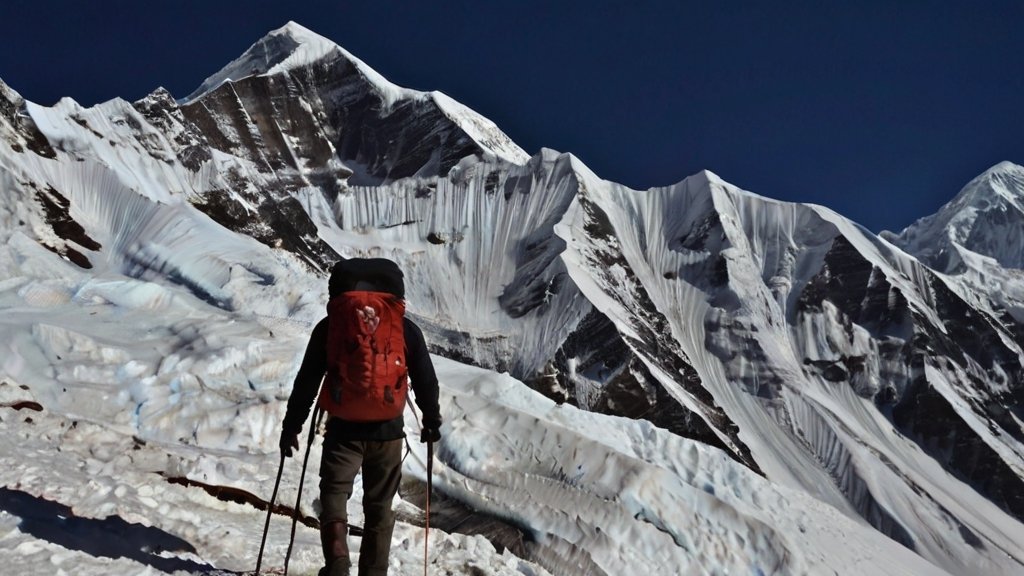Ganesh Himal Trek - 18 Days

Maxium Altitude
4200MDifficulty Level
StrenuousTrekking Season
March to May and September to December
Overview
Ganesh Himal Trek region, known as Ruby Valley, is also widely recognized as Kalo-Seto Kunda Trek for the travelers. It is the secret and concealed place set amidst the popular destinations called Langtang National Park (LNP) & Manaslu Conservation Area (MCA). The name of ‘Ganesh Himal’ came into the existence since it is supposed to be named in the honor of deity Ganesh, one of the sons of Lord Shiva. It is also considered as one of the sacred places in Nepal. People from different parts of the world visit and roam the lap of Ganesh Himal so as to get psychological relief as it is embedded with religious importance.
Start of Ganesh Himal Trek
The trek sets off from both Kathmandu and Pokhara and passes through the wildflowers, waterfalls making the hilly areas embellish. The area is full of a wide range of geographical, topographical, biological and cultural diversities. Sensational standpoints are sure to explore the lush scenery that can add the extra features of the sublimity to anyone who approaches there.
The major highlights of the Ganesh Himal Trek are twin waterfalls (called Ganga-Jamuna), hot spring, Tripurasundari Temple, and Kalo-Seto-Ganesh Kunda. Furthermore, the hospitability of the native people is also outstanding, and in turn, they are equally praised for their services. Approaching the Ganesh Himal, exploring the real Nepalese lifestyle and Himalayan sights, which consists of Ganesh Himal Range, Langtang, Manaslu, Annapurna South, and Tibet Range etc., are the most attraction of the trek.
The Ganesh Himal Region that covers the districts like Dhading, Rasuwa, Gorkha & Nuwakot can easily be accessed by the Prithvi Highway and Pasang Lhamu Highway that nexuses Kathmandu & Pokhara. Most of the people in the upper parts of the area are Tamangs, Ghales & Gurungs, whereas Chhetri, Bramhin and people of other castes reside at the lower elevation in the south.
Mountains Treks Nepal Pvt. Ltd. welcomes all of you with a thankful heart as we have created a systematic schedule for the Ganesh Himal trekking and we have 18 Days Ganesh Himal Trek Itinerary. Please check our itinerary section to know more details.
Trip Highlights
- New trekking Rout close to Kathmandu
- The sacred Parvati lake (Kunda).
- Enjoy the Natural hot springs.
- Explore the Remote Gurung and Tamang villages with their unique culture.
- Magnificent view of Ganesh Himal, Langtang Himal, and Manaslu Himal
- Warm hospitality of Multi -ethnic communities
- Diverse terrain – farmland, green meadows, and rocky hills
- Domestic animals like sheep, yak, goat, cow ,buffalo ,ox etc..
- Rhododendron forest , pine forest , oak, and bamboo forests
- Gorges, waterfalls, and water-driven mills
- Pansang La Pass (3,842m/12,640ft)
Have a Question? Inquire Now
Why Mountain Treks Nepal?
- Expert Team for Unparalleled Experience
- Best Price Guarantee
- Safety is the first Priority
- Easy Booking & Secure Online Payment
- Flexible And Personalized Service
- 24/7 Support
- Highest Satisfaction Guaranteed
- Highly Experienced Guides
- Your Satisfaction is Our Guarantee
- One-time Deposit, Assured for a Life Time
